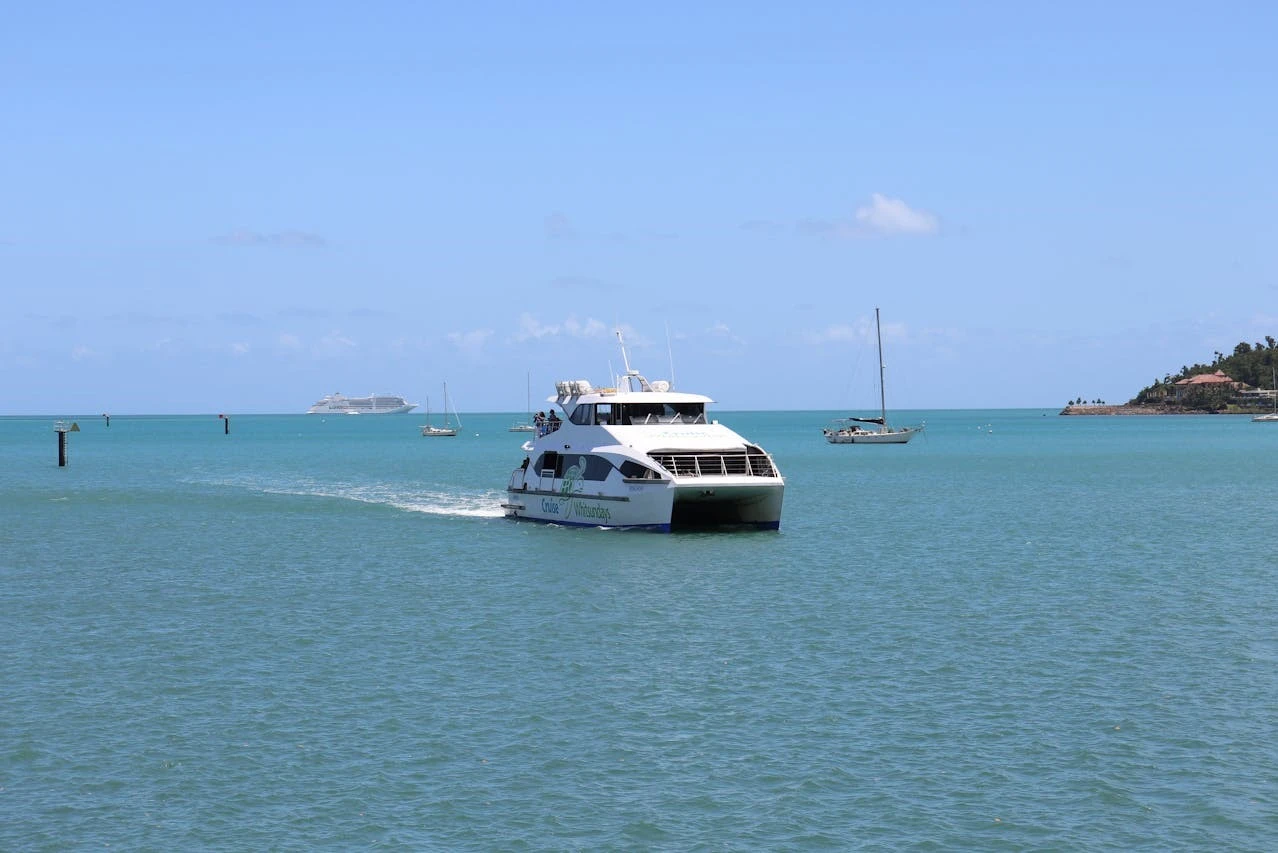02 February 2025
A Guide to Buying a Powered Catamaran
Power catamarans have gained popularity among many sailing enthusiasts for their unique advantages in the vast ocean. Many people want to buy a power catamaran, but buying a power catamaran is not a simple task. From the type of boat to the budget, every step needs to be carefully considered. This guide will take you through power catamarans and help you make an informed decision when it comes time to buy.

What is a power catamaran?
A power catamaran is a boat that has two hulls and is powered by a motor. Some people may think that a pontoon boat is also a power catamaran, when in fact, the hulls of a pontoon boat are bolted or otherwise attached to the deck. In the case of a true power catamaran, the two hulls are joined together by a sturdy bridge structure. In terms of the power system, power catamarans rely on electric motors to provide power for the purpose of navigating on the water, which is again fundamentally different from sailboat catamarans.
Prices for buying a power catamaran
With all that you have learned about the advantages and disadvantages of power catamarans, you will want to know the cost of purchasing a power catamaran. Comparing the purchase price of boats on the market, you will realize that power catamarans can be more expensive and cost more to maintain and operate. However, not all power catamarans are expensive; some power catamarans are less expensive to own and maintain compared to their monohull counterparts, depending on the type of power catamaran, its size, and the features it comes with.
A new power catamaran of around 30 feet can be purchased for around $150,000, while a used power catamaran can be purchased for between $30,000 and $100,000 dollars. The exact price will depend on many factors, including size, type, and configuration.
Pros and Cons of Power Catamarans
When exploring the pros and cons of power catamarans, different models of power catamarans may also vary in performance and features. Below are the pros and cons of power catamarans:
Power Catamaran Pros
Outstanding Stability
When navigating in rough seas, power catamarans possess superior stability to monohulls. Most coasting power catamarans are able to sail with air compressed between the two hulls, which cushions the impact when waves hit at high speeds. A power catamaran that does not glide has two knife-like hulls that provide a smoother ride on the water.
More space
Power catamarans are often more spacious. Power catamarans have a width that extends all the way to the bow, whereas monohulls are tapered, and this difference in construction allows power catamarans to have more deck and cabin space. By most accounts, a power catamaran has about 1.25 times or so more usable area than a monohull.
More efficient sailing
Power catamarans require less total horsepower to reach the same speed as monohulls of the same length and weight, which explains their higher efficiency in fuel consumption or energy use.
High maneuverability
The engines on a power catamaran are widely spaced, and by operating the engines, the boat can be easily rotated within its own length, and the position of the boat can be precisely fine-tuned, which greatly enhances maneuverability.
Cons of power catamarans
Higher cost
From a construction point of view, it takes more time and materials to build a power catamaran, which makes it more expensive to build compared to a monohull of the same size, and due to the complexity of the construction process, it makes power catamarans more expensive to buy on the market.
Poor turning characteristics
Instead of leaning inward when turning like a monohull, a power catamaran leans outward. This characteristic can be off-putting for people who are used to driving monohulls, especially for experienced rowers who are prone to accidents while turning.
Poor experience when writing
While the stability of the power catamaran has been enhanced, so have the “righting moments”. When the boat rolls off a wave and then rocks back to a horizontal position, this brief moment of righting can be fast and uncomfortable, and is sometimes referred to as a “fast roll".
 Report
ReportNetizen comment
Comments

Leave the comment
Relevant Recommendation
Yacht Guide
Most Recommended




